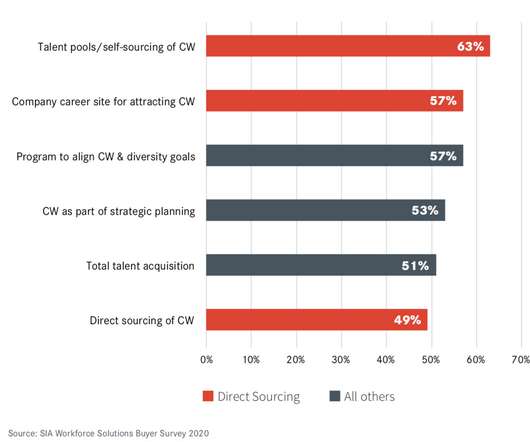The Comprehensive Guide To Enterprise Compensation Management
Xoxoday
JULY 18, 2025
Builds a culture of equity, opportunity, and trust by basing compensation decisions and benchmarks on competency, responsibility and market metrics – as opposed to personal judgments and subjective bias – which ensures a fair and level ground, forestalls discrimination and boosts positivity and morale.
















Let's personalize your content